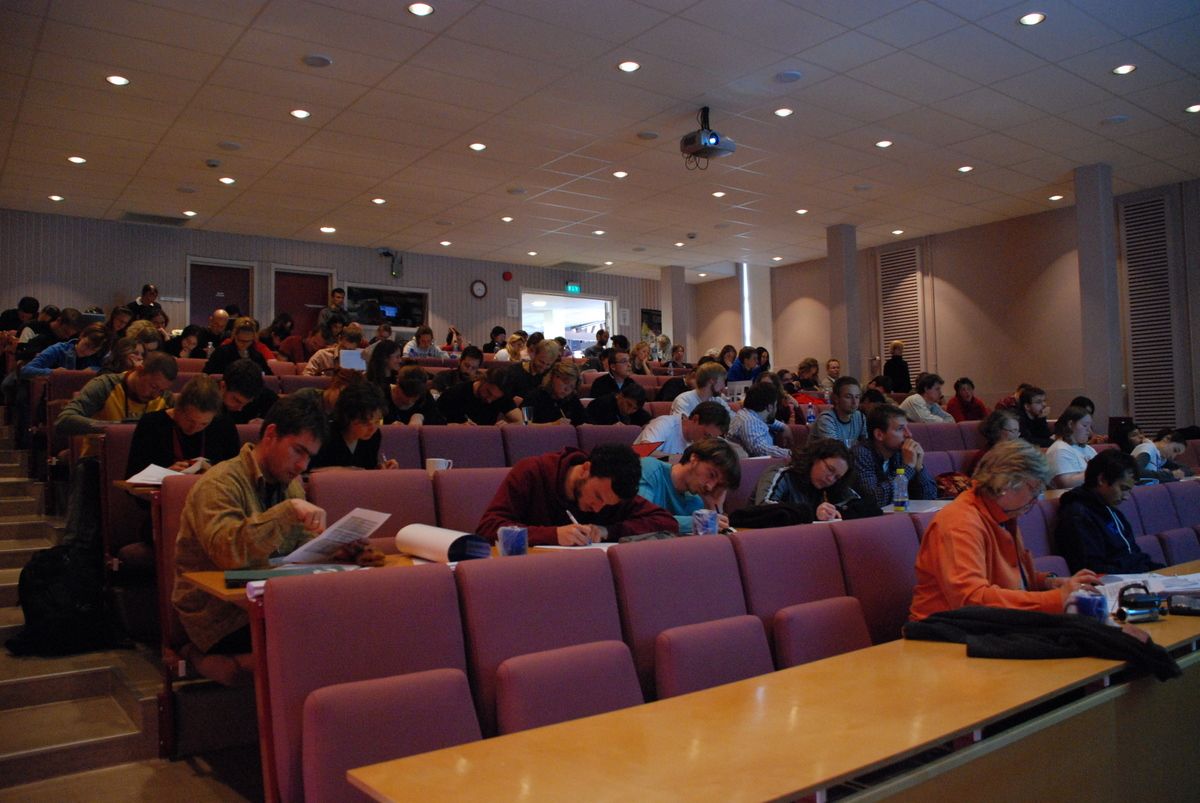Ninety-two participants from 16 different nations and 23 lecturers from 12 different nations gathered for two very intense and interesting weeks of science, social events and outdoor activities. The main focus of the scientific programme was on sea ice physics, mechanics and dynamics, but it also included marine ice fauna biology, biogeochemical processes, remote sensing and paleo-oceanography. A total of 66 hours of lectures were given, with two additional poster sessions where most participants presented their work. Outside the university, a busy social programme allowed the participants and lecturers to get to know each other and to talk about the latest in sea-ice research.

This was the third time in history that a sea-ice summer school was organized, following similar events in Italy in 1981 and Finland in 1994. The aim was to gather the world's foremost experts in the field today, to educate tomorrow's sea-ice experts and to inspire and stimulate networking and cooperation within the sea-ice research community. A text book based on the lectures given at the summer school is being planned.
The idea of arranging the summer school came up in 2004. Two former UNIS students, Dirk Notz and Karolina Widell, sat one evening in Longyearbyen after fieldwork and realized that they did not really know very much about sea ice. Though considered to be of great mportance in climate, sea ice is poorly represented in global climate models and many aspects of it remain to be investigated. So why not gather experts and students in Svalbard and just talk about sea ice and global climate change for a while? The idea was born and it was clear from the start that the ideal place for such a summer school would be UNIS.

There was an overwhelming response both from the invited speakers and from students who were interested in attending: more than 170 student applications were received before the application deadline. The positive and enthusiastic attitude prevailed throughout the two weeks with activities every day. The poster sessions continued until nearly midnight after long days of lectures. It seemed that the midnight sun, good weather and stimulating exchange kept the energy level high among all present, hopefully with a lasting effect on the coming years of sea ice research. It is planned that the summer-school website will become one of the central sources of sea-ice-related information, which also will provide a platform for students and scientists alike to keep the spirit of the summer school alive for years to come.

Read
